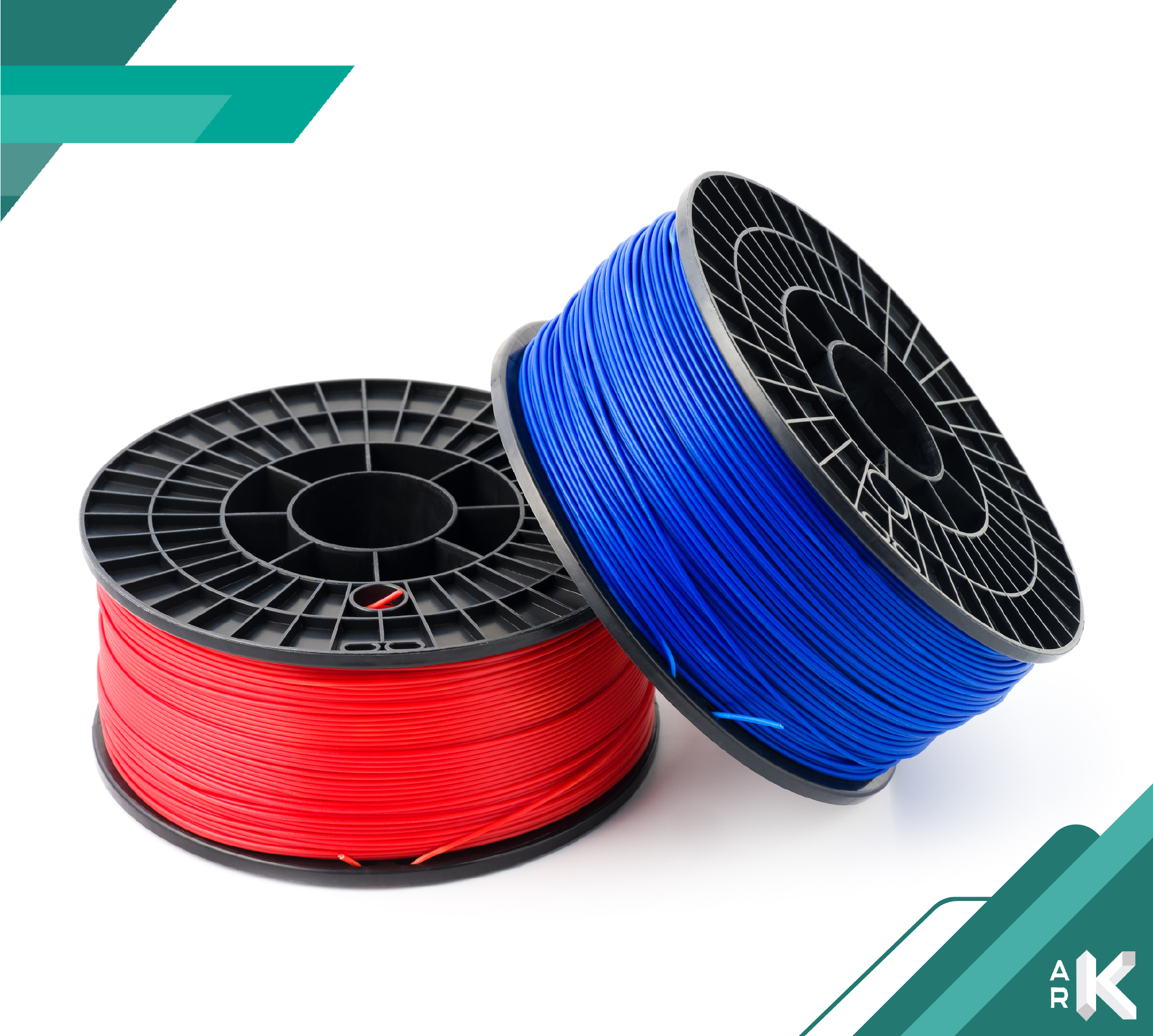
Plastic Filaments for 3D Printing
Plastic filaments are used in 3D printing as thermoplastic materials, which are plastics that melt when heated. Thermoplastics can be molded and shaped when hot and become solid upon cooling. The filament is fed into the heating chamber of the printer’s extruder assembly, where it is heated to its melting point and then extruded through a metal nozzle. As the extruder assembly moves, it follows a path programmed in a 3D object file to create the printed object layer by layer
Examples of Uses for Plastic Filaments
Plastic filaments in 3D printing serve a vast range of applications across various industries, showcasing their versatility and adaptability. Some prominent examples include:
- Prototyping: Engineers and designers frequently use plastic filaments to create prototypes for testing designs before mass production.
- Custom Tools and Parts: Manufacturing sectors leverage 3D printing for custom tools, fixtures, and replacement parts, reducing downtime and costs.
- Educational Models: Educators utilize plastic filaments to produce tangible models for teaching concepts in science, engineering, and history.
- Medical Models and Prosthetics: The medical field benefits from 3D printed anatomical models for surgical planning and custom prosthetics for patients.
- Art and Jewelry: Artists and jewelers create intricate designs and wearable art with plastic filaments, offering unique textures and forms.
- Home Decor and Utility Items: From custom light fixtures to organizational tools, plastic filaments help DIY enthusiasts and designers bring their ideas to life.
These examples underscore the transformative impact of plastic filaments in 3D printing, enabling innovation and customization across a broad spectrum of fields.

Types of 3D Printing Filaments
PLA (Polylactic Acid)
ABS (Acrylonitrile Butadiene Styrene)
PETG (Polyethylene Terephthalate Glycol)
TPU (Thermoplastic Polyurethane)
Nylon
PVA (Polyvinyl Alcohol)
Advantages of FDM (Fused Deposition Modeling) 3D Printing Technology
FDM printers are generally more affordable than other 3D printing technologies, making them accessible for personal use, educational purposes, and small businesses
FDM technology supports a wide range of materials, including PLA, ABS, PETG, TPU, and more, allowing users to choose the best filament for their specific project needs
FDM printers are user-friendly, with straightforward setup and operation processes. This makes them ideal for beginners and those new to 3D printing
Objects printed with FDM technology are known for their strength and durability, suitable for functional parts and prototypes
FDM printers are relatively easy to maintain and repair, with readily available parts and a supportive community for troubleshooting
From prototyping and manufacturing aids to educational tools and custom items, FDM's versatility makes it suitable for a broad spectrum of applications across industries


